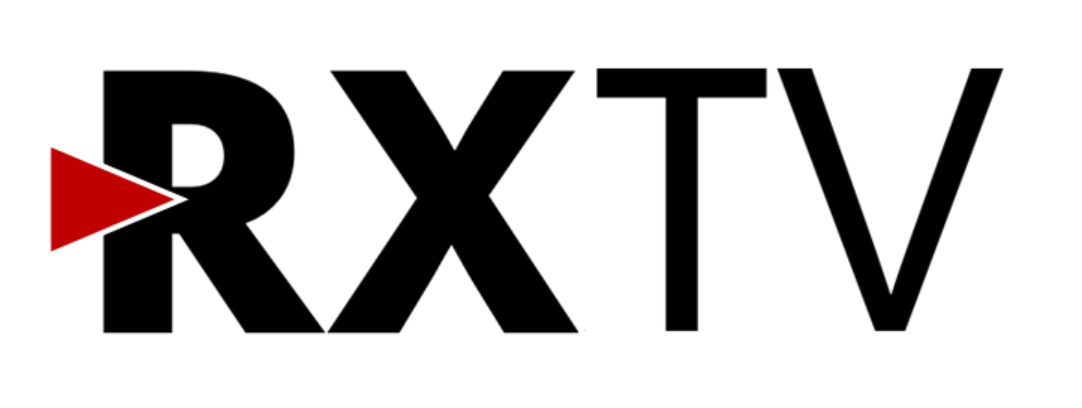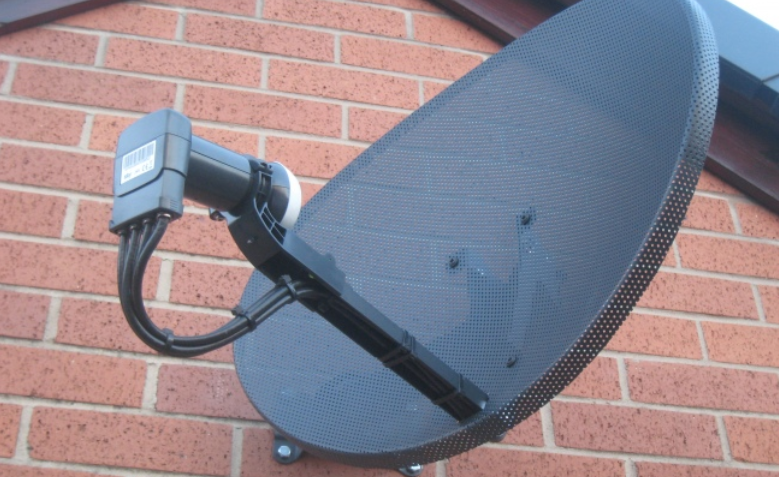Sky and Freesat have ended support for their oldest receivers. But even newer HD compatible receivers may become obsolete when satellite TV faces a switch-off.
- Broadcasters are pushing towards online-only future
- Satellites used to carry Sky and Freesat service reach end of life at the end of the decade
- Sky and Freesat gear up to migrate viewers to IPTV platforms.
After 8 years, Sky Q is starting to be phased out. Sky now actively pushes new customers to its IP-based Sky Stream puck or Sky Glass TV. Viewers who do stumble upon the Sky Q sales page on the Sky website are offered Sky Glass or Sky Stream in the first instance, with a Sky Q set-up only the third option listed.
Freesat in its current form is also coming to end, with the free-to-air broadcasters about to launch Freely as an all-in-one replacement.
There are multiple reasons for broadcaster’s apparent sudden rush to move viewers away from satellite, once the TV platform that provided users with the biggest choice.
- Switching to internet-based TV services saves on distribution, development and support costs.
- Online platforms mean existing linear or live TV channels to be better integrated with on-demand streaming services. Broadcasters can increase personalised advertising.
- The satellites used to broadcast services to homes across the UK and Ireland reach end of life in the next five years.
Satellites only have a limited lifetime
Three satellites currently share the load of TV and radio services available on Sky and Freesat in the UK and Ireland. They are Astra 2E, 2F and 2G.
The satellites were built with a lifespan of 15 years of service and are operated by Luxembourg-based SES.
Astra 2E, 2F and 2G are the second generation of satellites to supply digital satellite TV services to audiences here. They replaced Astra 2A-2D and Eutelsat 28A (formerly known as Eurobird 1). Astra 2A went live in 1998 when Sky Digital was launched. The other satellites followed. During 2012-2014, the next generation of satellites came on air. Astra 1N was temporarily deployed during the transition period between the old Astra 2D ending service and new satellites going live.
| Satellite | Launch | Entered Commercial Service | End of life (launch+15 years) |
|---|---|---|---|
| ASTRA 2E | 29/09/2013 | 01/02/2014 | 09/2028 |
| ASTRA 2F | 28/09/2012 | 21/11/2012 | 09/2027 |
| ASTRA 2G | 27/12/2014 | 18/06/2015 | 12/2029 |
↔ On mobile devices, swipe across to see full table
Last year, the BBC Studios-owned UKTV was first to publicly confirm it had extended its satellite carriage “to the end of the decade”.
Satellite operator SES has also previously confirmed that Sky has secured carriage on its satellites until the “end of 2028”.
Will these satellites just stop working at the end of the decade?
Realistically, satellites can continue to last beyond their expected lifespan. Predecessor Astra 2A stayed in service for two years longer than expected until March 2015 until all services were transferred.
However, the performance of the satellite may deteriorate. For example, Eutelsat 28A was producing a much weaker signal in its final years of extended operation, causing reception problems in the UK and Ireland.
Satellite operator SES may temporarily move another satellite across to provide ongoing service if a satellite fails.
This means if a residual service is required for the benefit of homes who can’t switch to a full-fibre connection, satellite TV could remain an option for a few years beyond 2030.
Which other services rely on the Astra satellites at 28 degrees East?
In addition to providing direct-to-home TV reception for the UK and Ireland, these satellites also provide broadband connectivity to continental Europe and TV services to West Africa, via separate beams.
Could new satellites be launched to maintain services?
As the satellites are used for broadband connectivity and TV services in West Africa, SES may in due course wish to deploy a next generation of satellites at 28°E.
Before it does so, it will consult with broadcasters as to what their demands are likely to be beyond 2030. There would be no point launching new satellites to match the capability of the current satellites, if there’s no demand from potential customers.
When SES replaced Astra 2A-D with Astra 2E,F and G, broadcasters were still heavily reliant on satellite. They also needed more capacity to launch HD simulcasts of channels.
This time around, Sky, the BBC, ITV and Channel 4 are pushing towards an IP-switchover, where services will be delivered via the internet only. Ireland’s RTÉ is beginning its own journey to an IP-delivered future with a next generation Saorview service.
Therefore, it’s unlikely that any replacement would be designed to cater for the volume of services delivered via satellite today.
Could Sky really migrate all of its subscribers away from satellite in just five years?
It’s been done before. Sky previously moved viewers from its analogue to digital satellite service in just a three year period between 1998 and 2001. That required new equipment and new dishes for each of its subscribers.
Sky Q users can expect their TV service to continue in its current form for a few more years. However, Sky is introducing new features to its latest receivers only, although Sky Q remains well supported for existing customers. Already, a lot of Sky Q’s extra functionality relies on an internet connection.
Meanwhile, Sky has launched the Sky Stream puck which will connect to a household’s existing internet connection. It can be used in conjunction with any Internet Service Provider. So you don’t need Sky Broadband. Viewers also have the option of getting a Sky Glass TV, with Sky’s internet based TV service built in.
Could Freesat really migrate all of its users before satellite TV switch-off?
Later this year, Freely will begin to replace Freesat. All new receivers will be a hybrid that can receive traditional broadcast services and IP-delivered online services. The receiver can be programmed to automatically default to an IP-stream of a channel in place of the satellite signal. Therefore, once satellite services expire, Freely receivers will seamlessly continue receiving services online.
Unlike Sky Glass and Sky Stream, Freely receivers won’t have the initial problem of viewers missing channels they could receive on satellite. Freely receivers with satellite capability will continue to receive satellite-only services as well as IP-streaming channels.
Existing Freesat receivers will gradually receive fewer and fewer services until the final services eventually leave satellite. But this won’t happen until at least the end of the decade.
Will satellite TV continue in any form beyond 2030?
By this point, Sky will have hoped to have migrated sufficient viewers across to IPTV platforms. It will no longer be commercially viable to continue broadcasting a satellite service. Satellite TV faces a switch-off.
Other broadcasters may at this point portray the switch-off as a decision made by a ‘third party platform operator’. A decision that is out of their control. And one that would make ongoing broadcasts on satellite not commercially viable on their own.
However, as the IP-switchover takes place, the BBC might be required by its post 2027 Charter to retain a basic residual service. At least until the broadcasting industry, regulators and Government are happy that IP-based platforms can fully take over.
The BBC may be told to maintain a basic service via satellite. Alternatively, it may be decided that the digital terrestrial television platform (aka Freeview) is a sufficient back up for a basic service consisting of the main linear channels only. Charities supporting older viewers are campaigning for a basic terrestrial TV service to be retained.
While the current satellites don’t have much life left in them beyond 2030, the use of terrestrial TV frequencies in the UK and Ireland is safeguarded until the end of the 2030s. Existing terrestrial broadcast licences currently expire in 2034. However, these could be extended for another five years if a basic residual service was needed.
Digital terrestrial TV frequencies were safeguarded in the 2023 World Radiocommunications Conference. Some of the frequencies will be reviewed in 2031. Any changes wouldn’t be implemented until the end of the 2030s.
Marc Thornham
[Image: Sky dish zone 1, stock image]
Updated 26/03/2024 to add a link to the Broadcast2040+ campaign.

